Move - wake up - reach out
The storms from the "underground contract", "contract 10" of the Provincial Party Secretary Kim Ngoc (Vinh Phu) were summarized, creating the foundation for the Politburo to later issue Resolution 10-NQ/TW on April 5, 1988 on Innovation in Agricultural Economic Management. Resolution 10 has gone down in the revolutionary history of the renovation period, creating a positive direction in exploring new management methods in agriculture, linking the interests of farmers with labor results, changing the structure of agricultural production; improving labor motivation and increasing output, self-sufficiency in food, leading to abundant rice supply, laying the foundation for market agriculture, shifting from self-sufficiency to production associated with consumption and orienting the "rice economy" of goods for export. Recognizing the contributions of the then Provincial Party Secretary Kim Ngoc, General Vo Nguyen Giap wrote: "The country must be grateful to Mr. Kim Ngoc. A dedicated person who dared to introduce new things, the country's development today is thanks to rice, which Mr. Ngoc pioneered."
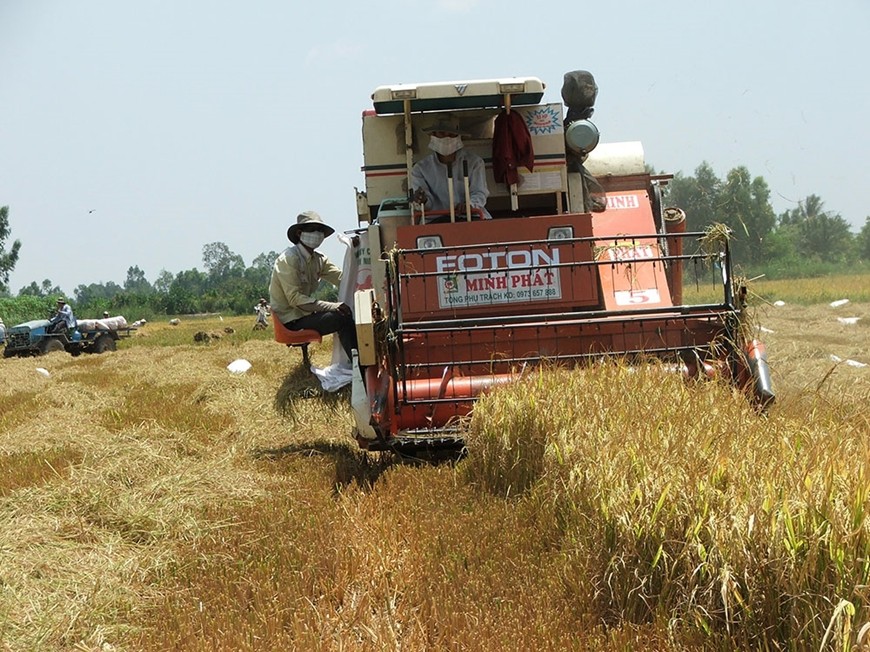
Farmers in Tam Binh district, Vinh Long province harvest rice.
The turning point in trade and the milestone of Vietnamese rice's journey to the world must be mentioned as the historical milestone on August 23, 1989, when the first shipment of 10,000 tons of 35% broken rice, at a price of 235 USD/ton, was exported to India. In just over 4 months at the end of 1989, Vietnam exported 1.4 million tons of rice, reaching a turnover of 322 million USD, with an average export price of 226 USD/ton. The above event marked the beginning of the journey of Vietnamese rice, which has continuously developed over the past several decades and had a significant impact on the world rice market.
10 years later (in 1999), Vietnamese rice marked a new historical milestone with export turnover exceeding 1 billion USD for the first time, with an output of 4.6 million tons and an average export price of 227 USD/ton. Vietnam officially became one of the world's rice exporting powers. 10 years later (in 2009), Vietnam's rice export output exceeded 6 million tons for the first time, with a turnover of nearly 2.5 billion USD.
In 2011, Vietnamese rice set a record in output when it reached 7.1 million tons, with a turnover of 3.65 billion USD, an average export price of 495 USD/ton. This time was also the beginning of improving the quality of rice grains and building the Vietnamese rice brand in the international market. On June 30, 2022, after passing an extremely strict testing process with more than 600 criteria, Vietnamese rice was exported under its own brand. From here, the reputation of Vietnamese rice quickly spread around the world.
Reaching out to the world, it is impossible to forget November 12, 2019, when ST25 rice, bred by engineer Ho Quang Cua (Soc Trang), was honored for the first time at the "World's Best Rice" Award - World's Best Rice, in Manila (Philippines) and for the second time, ST25 rice reached the pinnacle of glory when it won the first prize in 2023! A new beginning for Vietnamese rice on the journey to create a name and reputation globally. When receiving this title, Labor Hero Ho Quang Cua shared: "Stemming from national pride and a passionate love for rice, I thought if Thailand can do it, why can't we? Therefore, I am determined and strive to successfully breed Vietnamese fragrant rice. I believe ST25 will open a new page in the development of the Vietnamese rice market."
The story of Vietnamese rice does not stop at the fields, but it is also a story about the market, price, competition, timing and adapting to the situation, sometimes for the sake of justice and love! For example, in July 2023, India issued a ban on the export of Non-Basmati white rice. This decision created great opportunities for export. Seizing that opportunity, Vietnam accelerated, exporting an additional 1.2 million tons of rice, earning about 780 million USD, bringing the total export volume for the year to 8.3 million tons of rice, worth 4.78 billion USD, an increase of 38.4% compared to 2022.
Thanks to its reputation, the rice grains of the Mekong Delta are increasingly rising. Vietnamese enterprises such as Loc Troi Group, Trung An High-Tech Agriculture Joint Stock Company, Vietnam Seed Group - Vinaseed, Tan Long Group... are more confident in investing, linking with farmers, cooperatives to build specialized rice growing areas, rice export material areas and build rice brands, in order to take advantage of free trade agreements (FTAs), penetrate large markets such as Japan, the European Union (EU), the US... opening the door for Vietnamese rice to enter the African and Middle Eastern markets... creating momentum for 2024 to export about 9 million tons of rice, worth about 5.7 billion USD. The average export price of rice reached the highest level of 627.9 USD/ton, up 10.6% compared to 2023 and continuously present in 150 national and regional markets worldwide. Every time the world talks about rice, they think of Vietnam!
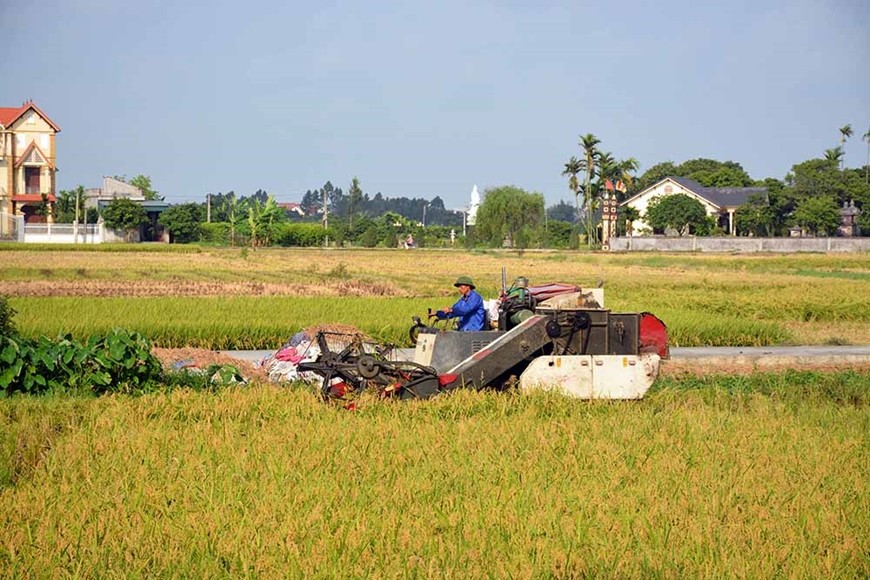
Farmers in Thanh Ha district, Hai Duong province harvest rice.
The call of adulthood...
Looking back on the 50-year journey, it seems that every 10-year cycle, Vietnamese rice has raised itself to a new level. Vietnam has become a rice production and trading powerhouse, the most important link in the global food supply chain and security. The journey of rice is also the relentless journey of the Government, the Ministry of Industry and Trade, the Ministry of Agriculture and Environment in negotiating, clearing, and developing the market; the flexible and decisive "entry into battle" of production, processing, and logistics service enterprises serving the development of the rice industry and the Vietnam Food Association. Above all, it is the diligence, patience, and resilience of farmers, of generations of people holding guns, fighting and sacrificing for independence and freedom, so that today, the green fields have become songs.
However, in the value chain, rice growers only receive 20 - 27% of the value, businesses receive 13 - 27%, the highest profit of 20 - 32% still belongs to international distributors. Vietnamese rice has only helped rice growers end hunger and reduce poverty, the story of getting rich from rice is still full of hardships, farmers still have "shaky" and "unsteady" seasons, agriculture still has difficulty entering the "take-off runway" when farmers are still not proactive in product output.
Entering the new era of the nation, rice cultivation not only depends on hard-working hands but also on science and technology, scientists and rice growers. And more closely, it is necessary to build an ecosystem that effectively takes advantage of the new generation of FTAs, helping rice exports continue to expand, writing a new chapter of the miracle of Vietnamese rice.
Source: https://baolaocai.vn/hanh-trinh-hat-gao-lang-ta-vuon-ra-the-gioi-post401183.html


![[Photo] Bustling construction at key national traffic construction sites](https://vphoto.vietnam.vn/thumb/1200x675/vietnam/resource/IMAGE/2025/5/2/a99d56a8d6774aeab19bfccd372dc3e9)



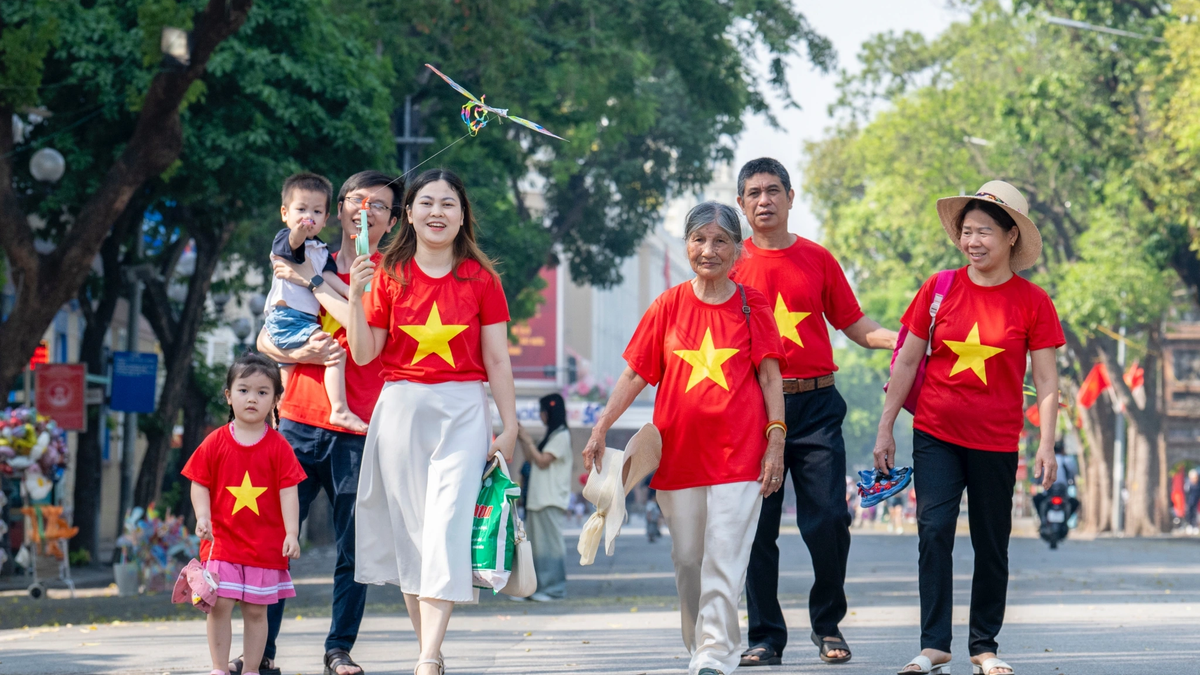
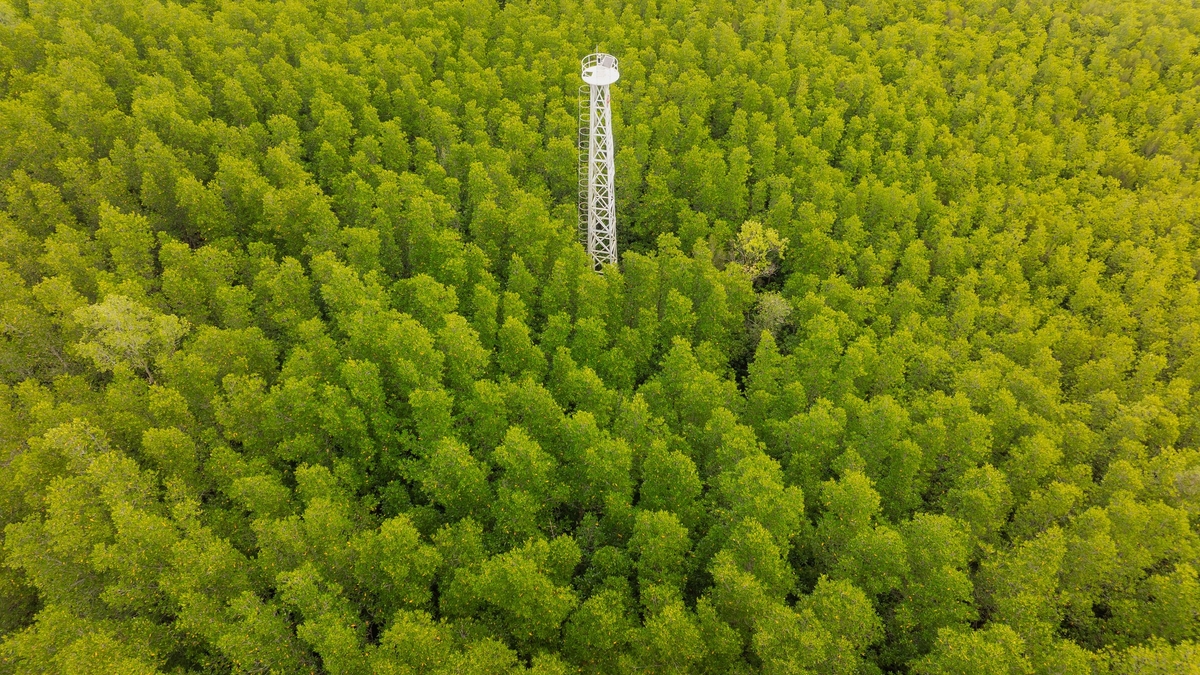

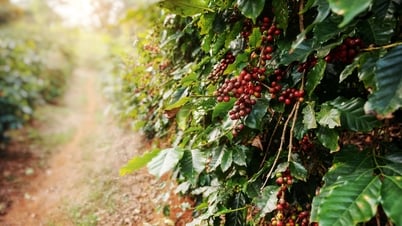
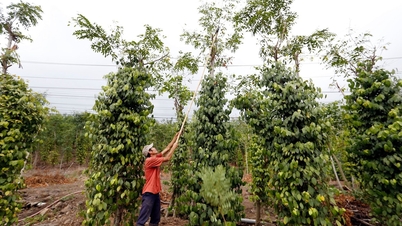

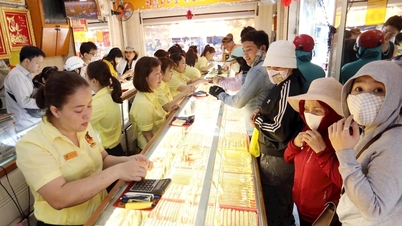
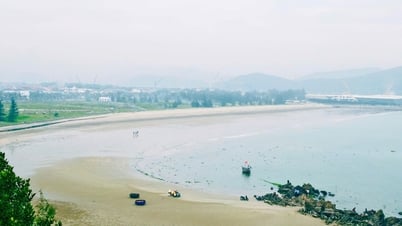




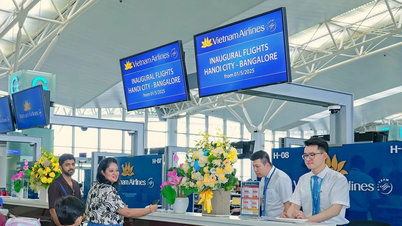

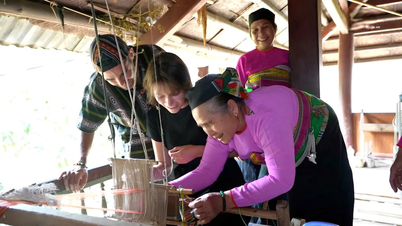


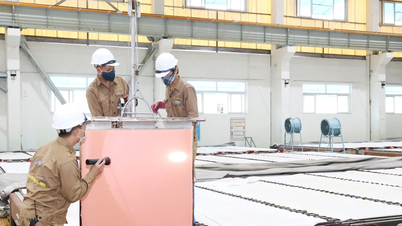

![[Photo] Binh Thuan organizes many special festivals on the occasion of April 30 and May 1](https://vphoto.vietnam.vn/thumb/1200x675/vietnam/resource/IMAGE/2025/5/1/5180af1d979642468ef6a3a9755d8d51)
![[Photo] "Lovely" moments on the 30/4 holiday](https://vphoto.vietnam.vn/thumb/1200x675/vietnam/resource/IMAGE/2025/5/1/26d5d698f36b498287397db9e2f9d16c)
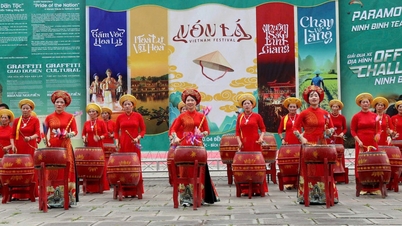

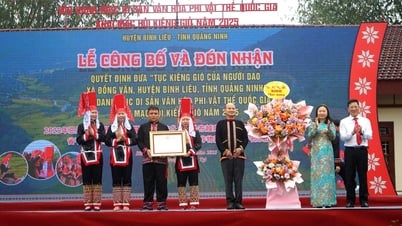





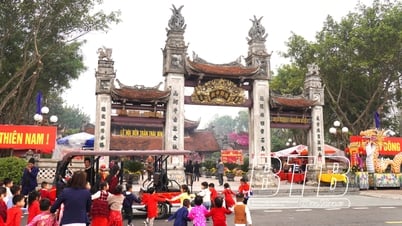



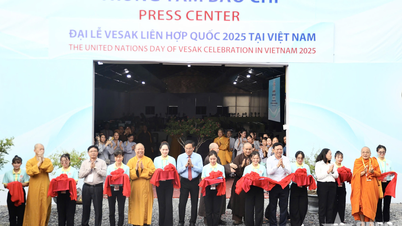



















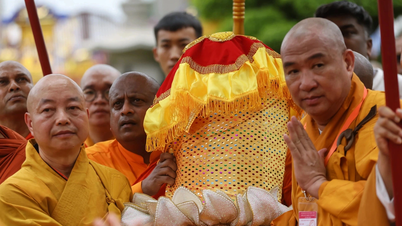




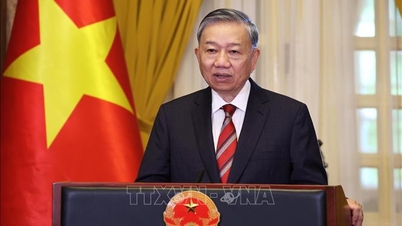















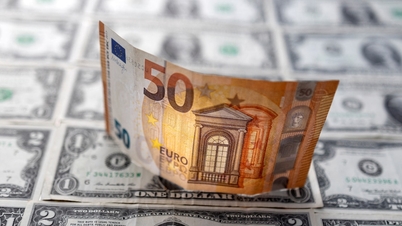


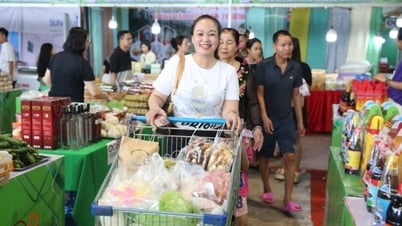

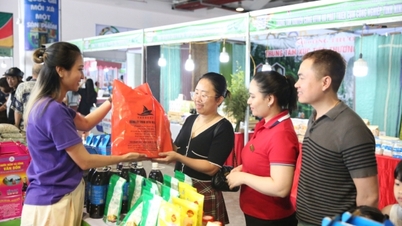



Comment (0)